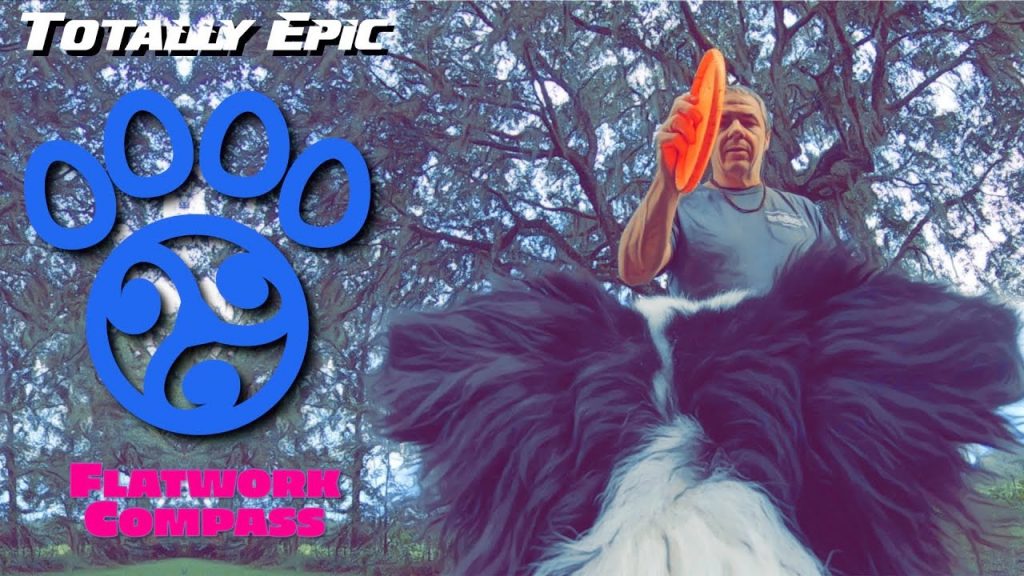
Master These 3 Forms to Control and Handle Your Disc Dog
Communication, spatial and situational awareness, and disc handling competence are three key areas for disc dog freestyle that seem to escape the training regiment of most young players. What have you done and are you doing to gain these skills and groom them in your game?
The answer seems to be play with your dog and practice throwing. Which certainly will help, but is it efficient? How do you put it together?
Forms and Understanding vs Drills and Skills
At Pawsitive Vybe we approach this problem by focusing on developing understanding of the game. This is not the same as acquiring skills.
Acquiring skills can be accomplished without understanding and once acquired must be applied. How do you apply your skills to the game of disc dog freestyle?
Successfully applying skills to a game requires an understanding of that game. Without an understanding of the game skills are easily misapplied and poorly leveraged. Great skills are easily squashed by a game that you don’t understand.
In a similar vein, you are not going to solve disc dog problems with new offensive cool moves. Stop looking for new tricks. A new trick isn’t going to solve your jam problem any more than that new dog is going to solve your dog problem. Look inward, at the things you already do. Understand those things. Figure out how they work. Exercise them and smooth off the round edges. That’s where rapid growth in disc dog freestyle happens.
How to Get Better at Disc Dog Freestyle
The difference between forms and drills has to do with exploring and understanding. Drills are things you do to get better. You do drills in order to get better and move on. “I’ll do this and then I will be better at this.” And you will be better – at that.
Forms are things you do to understand what it is that is being done. You don’t do a form to get better and move on. You explor forms to understand what you are doing, and as a result you get better. The funny thing is though, that the better you get the more you realize you need to revisit the form.
A well designed form teaches many lessons at once and has many layers of understanding to uncover. Here are 3 forms that are key to disc dog freestyle.
Flatwork Compass – Communication
Communication is key to disc dog freestyle. It must be fluid and functioning at various distances and at any time. Communication is a dialogue, messages are sent and messages are received. Both dog and handler need to have an understanding of this and be well practiced in this skill.
Successful communication results in coordinated effort.
 The Flatwork Compass is a disc dog form that separates the Flank from the Pass, creates a reliable trigger, and exposes the team to all of the key elements of Team Movement. https://www.youtube.com/watch?v=xW7Czz-7ows&list=PL8zWXaJfi1-synGOkBJ7u4p-WkotsL3LR... More Playlist – The Flatwork Compass is a form that consists of alternating clock and counter clock flanks and clock and counter clock passes. It delivers a practical and conceptual understanding of both the Pass and Flank for dog and handler as well as a communication method for discriminating the skills on the fly.
The Flatwork Compass is a disc dog form that separates the Flank from the Pass, creates a reliable trigger, and exposes the team to all of the key elements of Team Movement. https://www.youtube.com/watch?v=xW7Czz-7ows&list=PL8zWXaJfi1-synGOkBJ7u4p-WkotsL3LR... More Playlist – The Flatwork Compass is a form that consists of alternating clock and counter clock flanks and clock and counter clock passes. It delivers a practical and conceptual understanding of both the Pass and Flank for dog and handler as well as a communication method for discriminating the skills on the fly.The Flatwork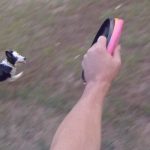 Flatwork is the stuff that happens between the catches. How the team moves and transitions, often without the disc, is flatwork. Flatwork concepts in disc dog are taken from the agility and herding... More Compass clearly lays out communication through natural movement and positional pressure. Stepping towards the throw on the Flank
Flatwork is the stuff that happens between the catches. How the team moves and transitions, often without the disc, is flatwork. Flatwork concepts in disc dog are taken from the agility and herding... More Compass clearly lays out communication through natural movement and positional pressure. Stepping towards the throw on the Flank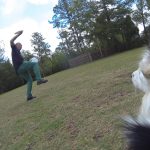 Out to the side of the handler is the Flank. If the dog is out to the handler's right or left the dog is on Flank. If the dog is moving with the... More fits both the throwing motion and the laws of pressure. Switching feet and pulling the dog down the line for the Pass
Out to the side of the handler is the Flank. If the dog is out to the handler's right or left the dog is on Flank. If the dog is moving with the... More fits both the throwing motion and the laws of pressure. Switching feet and pulling the dog down the line for the Pass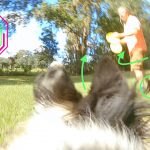 A Pass or Passing is a linear Team Movement maneuver that has the dog running or moving past the handler in close proximity, crossing or breaking the plane of the handler's body. also fits both the throwing motion and the laws of pressure.
A Pass or Passing is a linear Team Movement maneuver that has the dog running or moving past the handler in close proximity, crossing or breaking the plane of the handler's body. also fits both the throwing motion and the laws of pressure.
It is both how we move and throw as a human and how we move and throw to a dog. The isolation and distillation of these skills into this simple form fosters a great understanding in both the dog and handler.
Take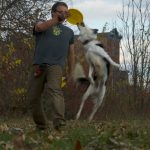 A Take is a cued Bite that replicates the placement and timing of a throw. Usually used with overs, vaults, and flips, the Take is a powerful teaching tool for creating habitual leaping... More note of the movements and response of both dog and handler in this form and look for them in the forms below and in the game of freestyle in general. They should jump out at you and help you to understand what is happening out there.
A Take is a cued Bite that replicates the placement and timing of a throw. Usually used with overs, vaults, and flips, the Take is a powerful teaching tool for creating habitual leaping... More note of the movements and response of both dog and handler in this form and look for them in the forms below and in the game of freestyle in general. They should jump out at you and help you to understand what is happening out there.
Mastery of this form leads directly to mastery of Team movement.
Crossing Pass Form – Spatial and Situational Awareness
Disc dog freestyle takes place in 4 dimensions. Distance, Direction, Height and time. Freestyle is a cooperative effort between dog and handler. One must be able to read the situation and communicate a plan or one will be subject to whatever pattern the situation and space presents.
Successful navigation of space and situation requires good communication
The Crossing Pass Form is extremely important for moving your dog. It is the essence of flatwork in 4 simple throws. It fits perfectly within the natural throwing movements of humans and positional pressure applications of Team MovementTeam Movement is how dog and handler move, as a team, out there on the field. It is a judging category in some organizations and certainly is a focus of many judges, players,... More.
This form teaches the handler to look for and read the dog and delivers an understanding of how to change directions and deliver a disc to a moving dog while it hones and improves precision and accuracy in throwing.
4 Hands Form – Disc Handling Competence and Preparedness
Disc handling competence is a key aspect of successful play. Competence in disc handling encompasses both the throwing and handling of discs as well as the handling and movement of one’s body.
If any of these attributes of disc handling is weak then there is a barrier to competence.
The 4 Hands Form creates competence in disc handling. Being prepared with the next disc and understanding how to deliver discs with both clock and counter spins and when, why, and how you should use them is just the kind of understanding you need to apply them to any game of disc with a dog.
Master These Forms and Master Team Movement
Having watched these videos, the connection between these forms and the skills required to successfully move your dog in disc dog freestyle should be clear.
Successful and flexible Team Movement are, perhaps, the hardest part of disc dog freestyle and also the most fun and rewarding. Although skills and ability are required, successful and flexible Team Movement comes from understanding how things work and how to apply your skills to the task at hand.
Master these 3 forms and you can master Team Movement.
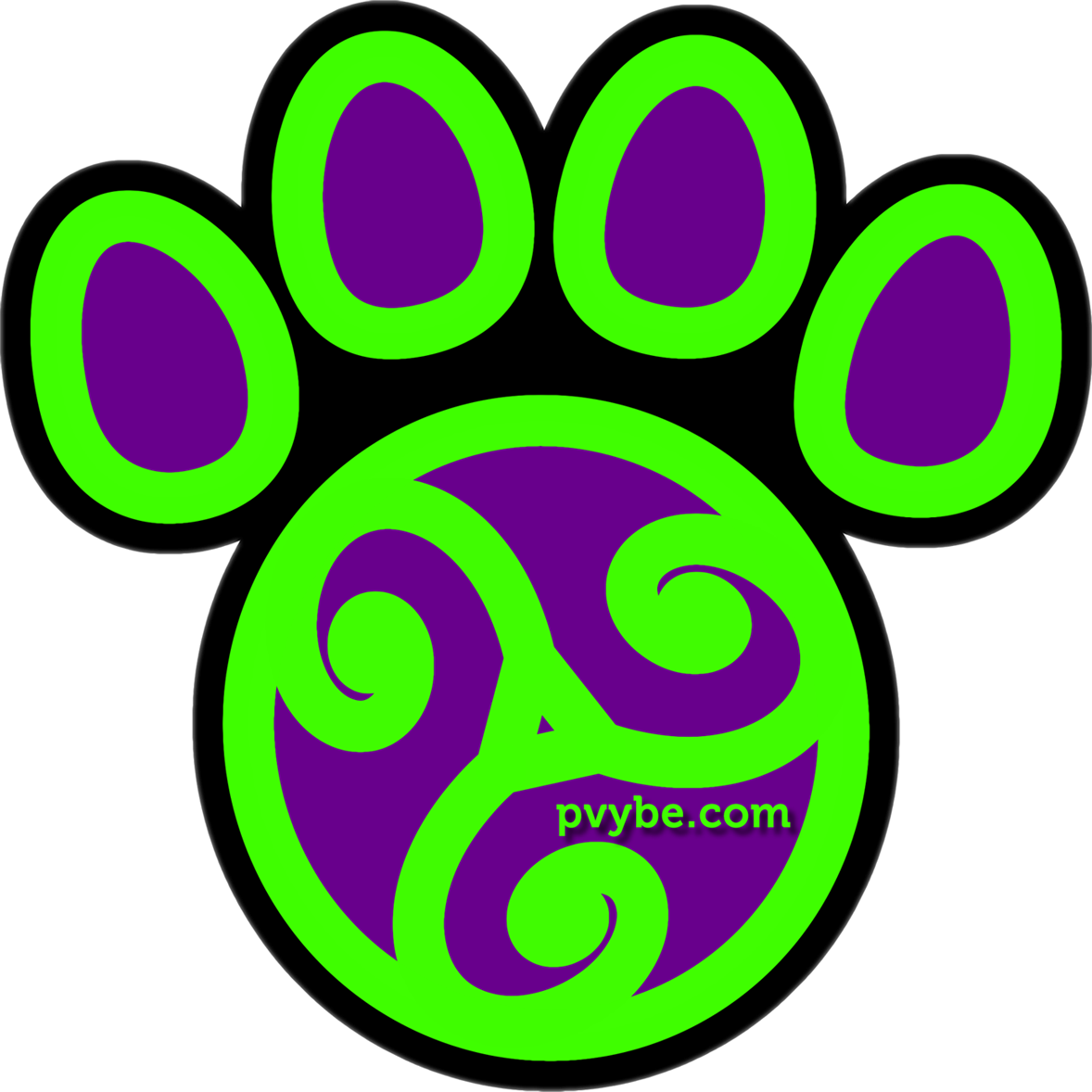


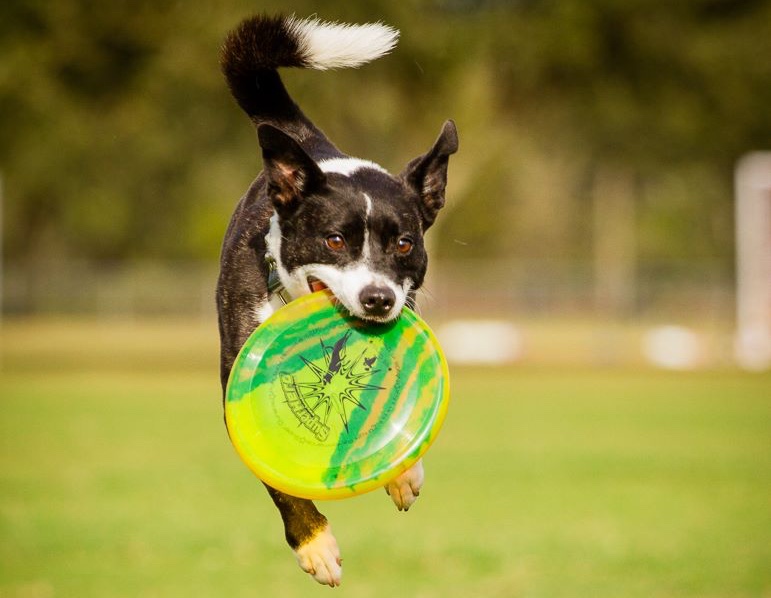
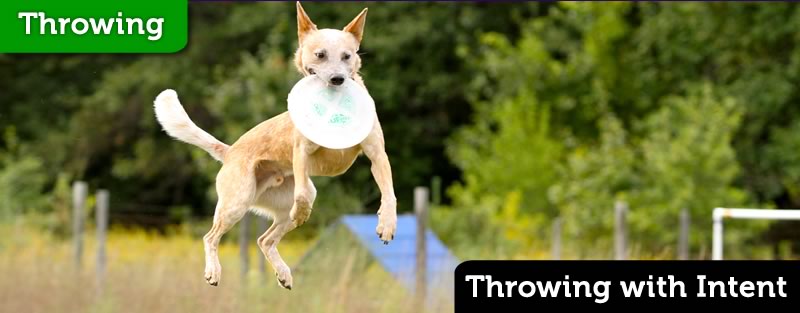
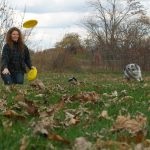
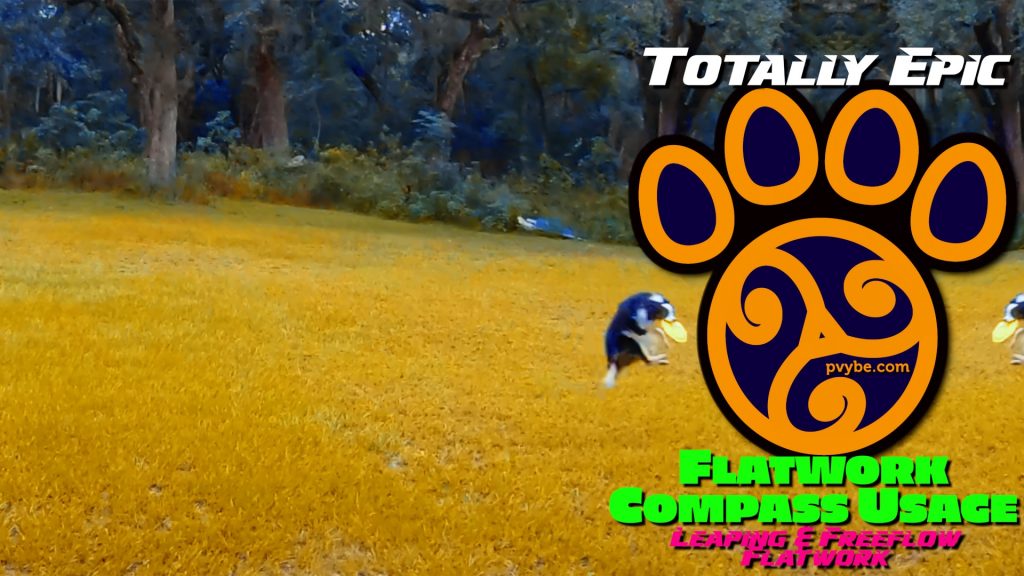
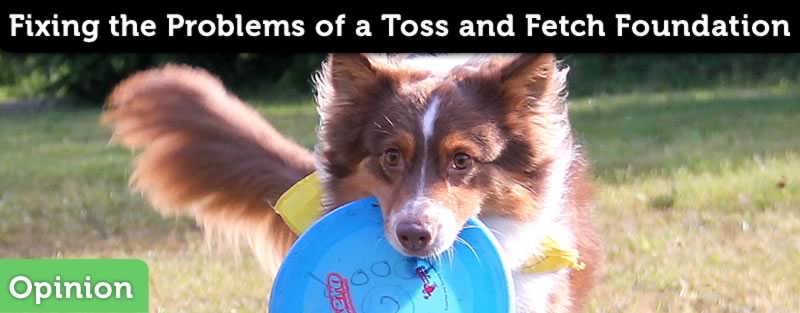
Responses